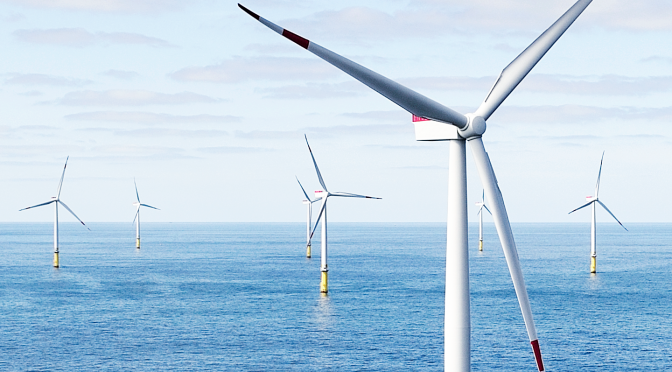It’s an exciting time for offshore wind—states up and down the East Coast have upped the ante in their offshore wind commitments, and there’s also significant action on the West Coast and in the Great Lakes. As offshore wind’s promise comes to fruition, public feedback, during planning and through construction and operation, will become increasingly important to the success and sustainability of these projects.
The benefits of offshore wind development are clear: harnessing America’s offshore wind resources will create 46,000 jobs through 2030 according to the Department of Energy, revitalize coastal and port communities, and deliver large amounts of clean, reliable energy to the country’s largest population centers. But there’s already a large community of other ocean users. So it’s critical they have opportunities to provide input and feedback as U.S. offshore wind development takes shape.
These impacts can be of considerable importance to local individuals, industries, interest groups and governments. Regulators are expected to consider these impacts based on extensive public input and, hopefully, approve facilities and operations that ensure an American offshore wind industry that works for us all.
Public participation in the offshore wind development process is critical, especially during the process of identifying potential opportunities for future offshore wind development. Early feedback from interested parties helps inform offshore wind development. Without public participation from other ocean users including the fishing industry and coastal communities, developers may find themselves unaware of issues important to interested parties and unable to identify viable alternatives early on, and they could face opposition that could have been avoided.
That’s why AWEA and the Special Initiative on Offshore Wind (SIOW) have created a new guide that details the processes and opportunities for stakeholders, interested parties, or consumers wishing to have their opinion heard. The Offshore Wind Public Participation Guide outlines the Bureau of Ocean Energy Management’s (BOEM) regulatory process for projects and shows how and when interested parties can provide feedback.
The guide takes interested parties step-by-step through BOEM’s process as it reviews offshore wind projects and proposals. The guide indicates numerous opportunities for public input. Interested parties – including the general public, industries, all levels of government, non-governmental organizations, and educational institutions – have multiple opportunities for comment throughout the BOEM’s regulatory process.
“The offshore wind sector has heard the frustration expressed by some ocean users and we understand a new industry raises questions,” said Nancy Sopko, Executive Director of SIOW. “We urge any interested parties—fishermen, coastal residents, scientists, the military—to take advantage of the public participation opportunities outlined in this guide. Your feedback and expertise matters, ultimately helping the industry find a balance that enables offshore wind development to co-exist and prosper along with other ocean users.”
While the guide outlines public participation opportunities throughout the BOEM regulatory process for offshore wind development, interested parties may also provide input to regional fishery management councils, state permitting processes, and state fisheries, habitat, and environmental working groups, among other opportunities.
The U.S. offshore wind industry is committed to going above and beyond what is outlined in the guide to provide opportunities for public participation. Offshore wind developers have collectively held thousands of voluntary meetings with other ocean users, including fishermen and fishing groups and local governments and communities, and the industry continually looks for ways to expand engagement.
Through this open, transparent and collaborative process, we can gain more than just buy-in—we can earn the understanding, support, and cooperation of the communities that we will serve.


